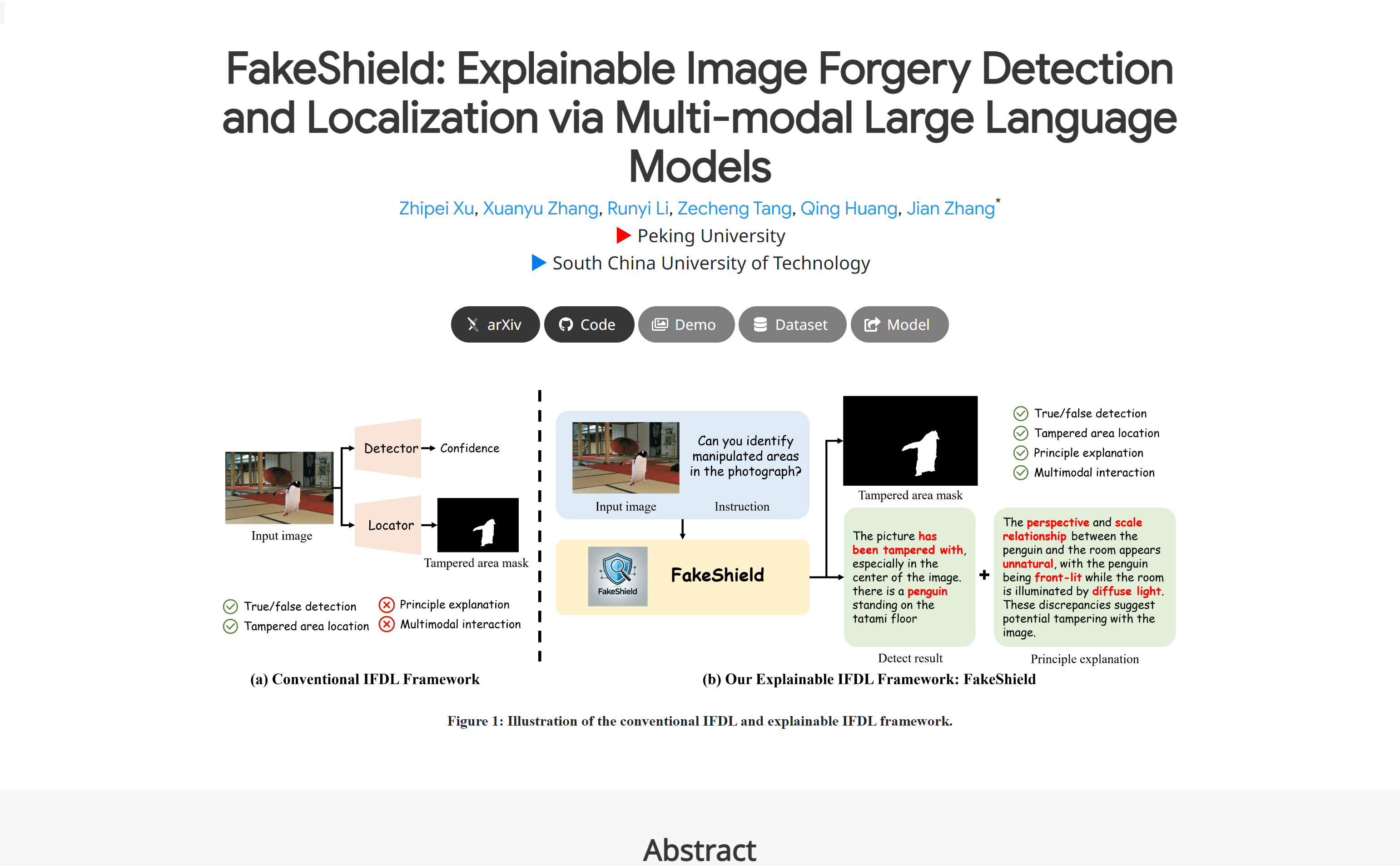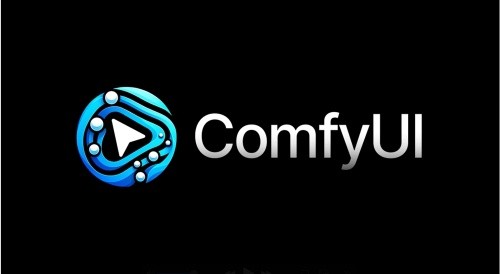
What is FakeShield?
FakeShield is a cutting-edge multi-modal framework aimed at addressing key challenges in image detection and localization (IFDL). It tackles issues like the black-box nature of detection mechanisms and limited generalization across different tampering methods. By enhancing existing IFDL datasets with GPT-4, it creates a multi-modal tampered image description dataset (MMTD-Set) to train its analysis capabilities.
The framework includes a domain label-guided explainable detection module (DTE-FDM) and a localization module (MFLM). These components handle various types of tampering explanations and enable precise localization guided by detailed text descriptions.
Key Features:
Explainable Detection: Uses data domain labels to bridge conflicts between different data types and guide the generation of detection results and explanations.
Localization Module: Uses DTE-FDM outputs as prompts for visual segmentation models to precisely locate tampered regions.
Multi-Modal Tampered Image Description Dataset (MMTD-Set): Generates comprehensive descriptions of tampered images to support multi-modal training.
Cross-Domain Generalization: Effectively handles data conflicts across different tampering types, enhancing its ability to generalize.
High Accuracy: Outperforms other methods in detection accuracy and F1 scores on datasets like Photoshop and AIGC-Editing.
Detailed Explanations: Provides accurate and aligned tampering region descriptions, evaluated using cosine semantic similarity (CSS).
Precise Localization: Achieves the highest Intersection over Union (IoU) and F1 scores in multiple test sets, providing clear and precise tampering region segmentation.
Who Can Use FakeShield?
FakeShield is ideal for image forensics experts, cybersecurity analysts, and anyone needing to detect and localize image tampering. It helps users understand how and why tampering occurs, thereby enhancing the credibility and security of image content.
Example Scenarios:
Cybersecurity Companies: Detect and localize deepfake video screenshots to identify and prevent the spread of false information.
News Agencies: Verify news images for authenticity to ensure reporting accuracy and fairness.
Individual Users: Analyze social media images to identify potential tampering and protect against misinformation.
How to Use FakeShield:
1. Visit the FakeShield website to learn about its overview and main features.
2. Read the documentation and tutorials to understand how to use FakeShield for image detection and localization.
3. Download and install necessary software or plugins for running FakeShield locally or in the cloud.
4. Upload the image files you want to analyze to the FakeShield platform.
5. Use the DTE-FDM module to perform image detection and obtain results.
6. Employ the MFLM module to pinpoint the tampered areas based on the DTE-FDM output.
7. Review the tampering region descriptions and image masks provided by FakeShield to gain insights into the nature and extent of tampering.
8. Based on the results, take appropriate actions such as reporting false content, enhancing security measures, or conducting further investigations.







